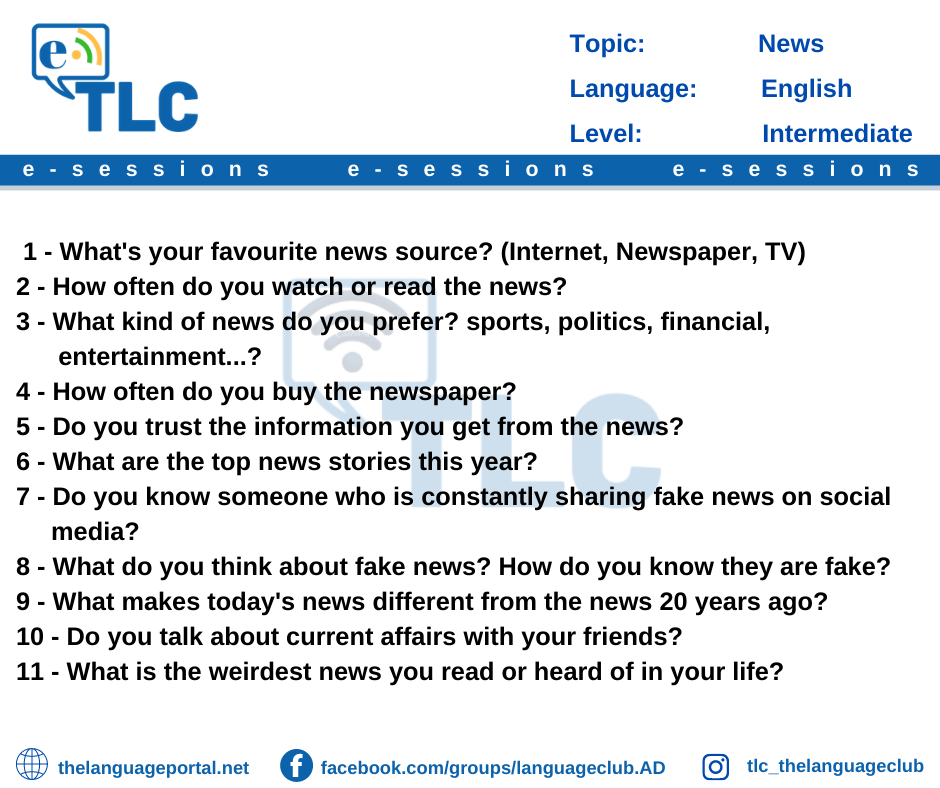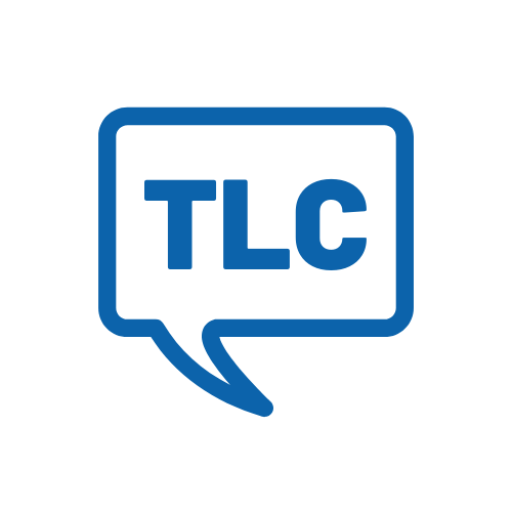News articles are well-known sources that can help you practice a language. They have been used as tools by language teachers for ages. Every month TLC organizes an activity called BYON (Bring Your Own News) and we have to say it’s one of our favourite activities!
What makes the news so special?
The news comes in all shapes and formats to meet the needs of all types of learners. Most of us use the web to follow the news from all over the world, on every possible topic, from politics to current affairs, culture, finances, entertainment, and on different mediums such as written, video or graphic.
Today we want to share with you 5 activities you can use to help your students or language partners boost their language skills, and also some links with news in different languages.
1- TALK ABOUT PEOPLE’S NEWS HABITS

Are they reading the newspaper, watching the news on tv, browsing news websites, or simply relying on what people are sharing on social media? You can find out by asking these questions to start up your conversation:
1 – What’s your favourite news source? (Internet, Newspaper, TV)
2 – How often do you watch or read the news?
3 – What kind of news do you prefer? sports, politics, financial,
entertainment…?
4 – How often do you buy the newspaper?
5 – Do you trust the information you get from the news?
6 – What are the top news stories this year?
7 – Do you know someone who is constantly sharing fake news on social
media?
8 – What do you think about fake news? How do you know they are fake?
9 – What makes today’s news different from the news 20 years ago?
10 – Do you talk about current affairs with your friends?
11 – What is the weirdest news you read or heard of in your life?
2 – TRANSLATE THE CONTENT

Translating or interpreting short texts is an excellent way to improve your language skills and activate the prefrontal and anterior cingulate cortices, which are the parts of the brain in charge of decision-making. So why not kill two birds with one stone! For beginner students or language learners, make sure to pick short texts, with content easy to understand. Of course, the translation has to be done by the student or language partner and not by a translation App. Nevertheless, an online dictionary can be used to find the translation of a particular word.
3 – TRUE NEWS/FALSE NEWS

This is a fun activity for small groups. Ask your students or language partner to pick 2 real news stories, and to make one up. He will share the news with you or the group by giving the following information about every piece of news, even the fake one:
- The name of the article
- The source of the article
- WHAT is the news about
- WHERE did it happen
- WHO is involved in the news
- WHEN did it happen
After guessing which one is fake news, you can continue the conversation by giving your opinion about the other news.
4 – PLAY WITH THE CONTENT!

Headlines galore: Find articles with interesting headlines and ask your language partner to guess the news content.

Guess the content: Share a short news article and ask your language partners or students to create a headline for it. See who is the closest to the original headline.
5 – SCRAMBLED NEWS

Cut the news into small paragraphs and share them on your screen. Let the students place the text in the proper order. This is perfect to review vocabulary!
To finish, we would like to share with you some news links from the languages we teach at the Language Club.
ENGLISH NEWS:
FRENCH NEWS:
Mediapart (Français, English, Espanol)
Short Édition- Nouvelles Humour
SPANISH NEWS:
https://www.spanishunicorn.com/noticias-cortas-para-aprender-espanol/
ITALIAN NEWS:
PORTUGUESE NEWS:
GERMAN NEWS:
ARABIC NEWS:
Al Arabia News (in English and Arabic)
For more tips on how to improve your language skills, read some of our other posts!

